Check all categories
Aluminum Hinges Butt Continuous
Hinges in aluminum products play a crucial role in ensuring that doors, windows, gates, cabinets, and other movable parts operate smoothly and reliably. They are essential components in both residential and commercial applications, providing a secure and functional way to open and close items. Here’s a detailed breakdown of aluminum hinges, covering various categories, types, major points, and considerations:
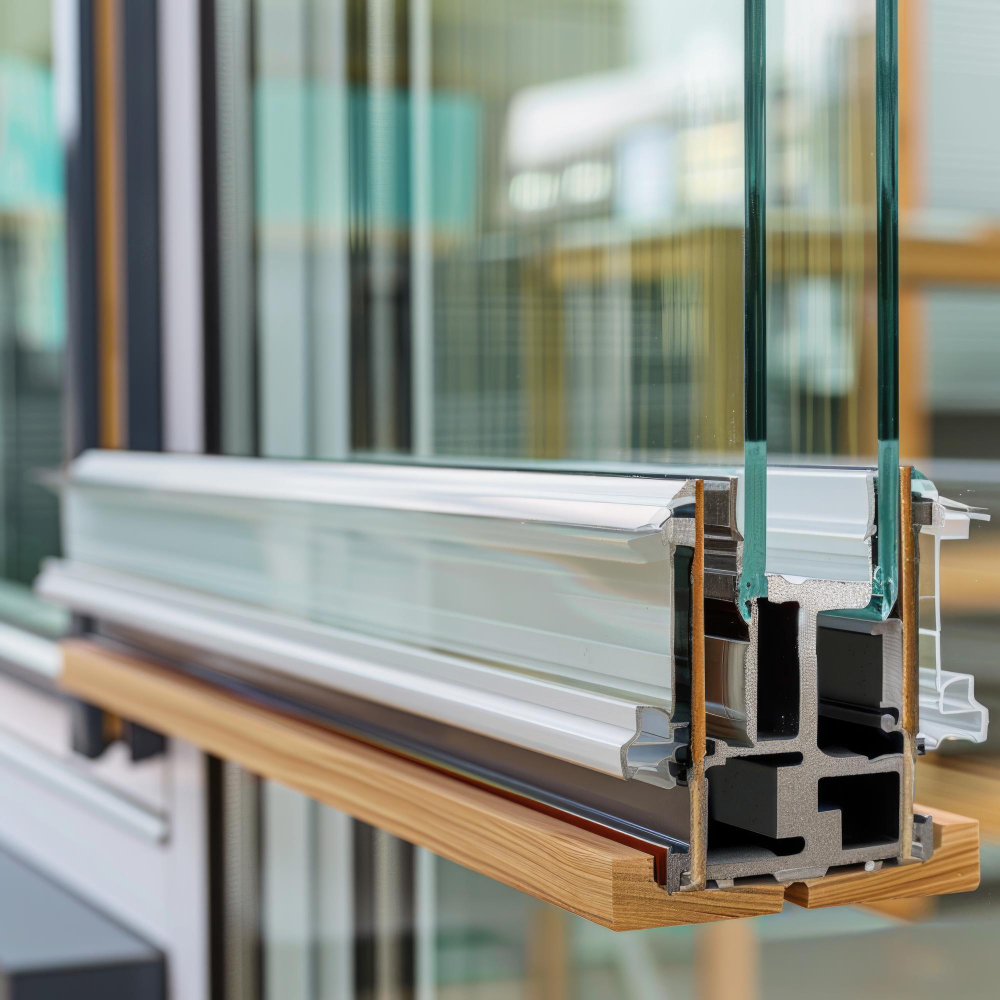
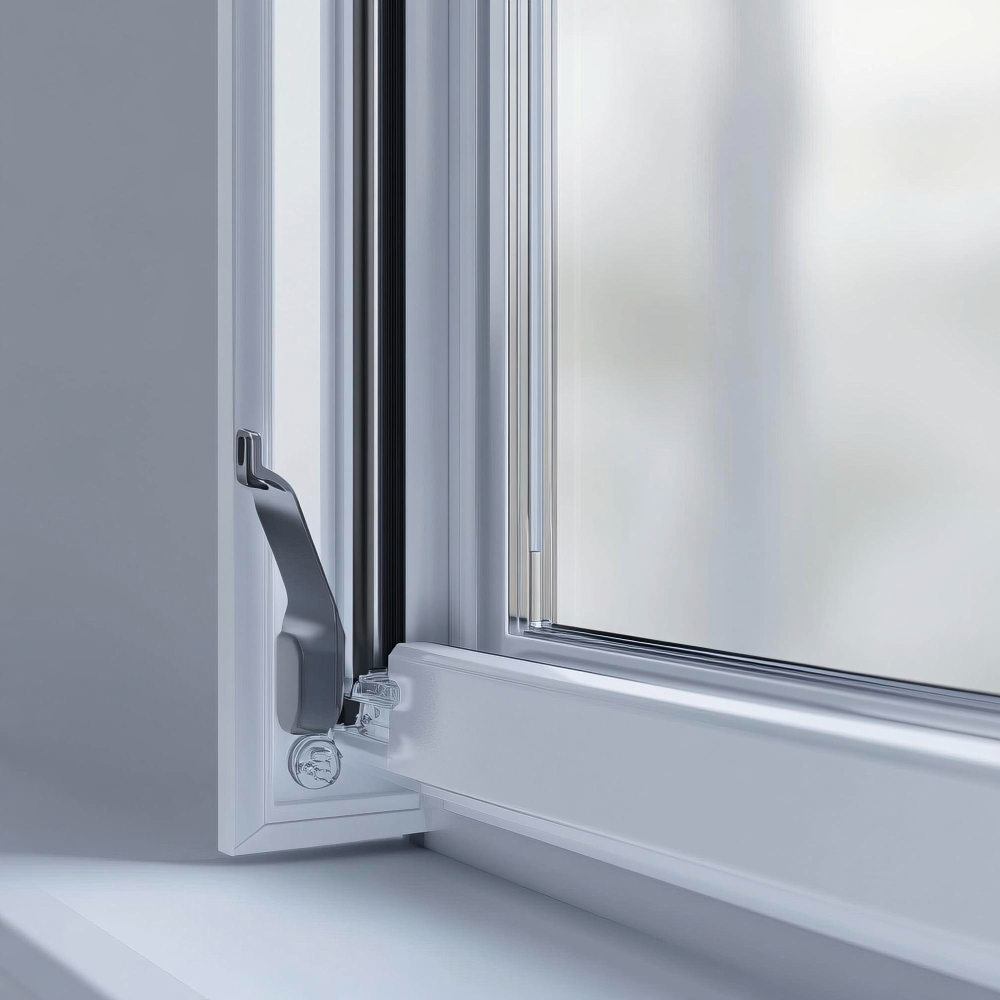
Isolation
Highly isolated hinges
Mechanical
Mechanical tilt and turn
Glass
Triple glassed
Doubled
Can be doubled
Aluminum Hinges
Key Features of Aluminum Hinges
We design and develop world-class aluminum products
Exceptional strength
Aluminum offers an excellent balance between weight and strength, making it ideal for various types of doors and equipment where weight limits are a concern.
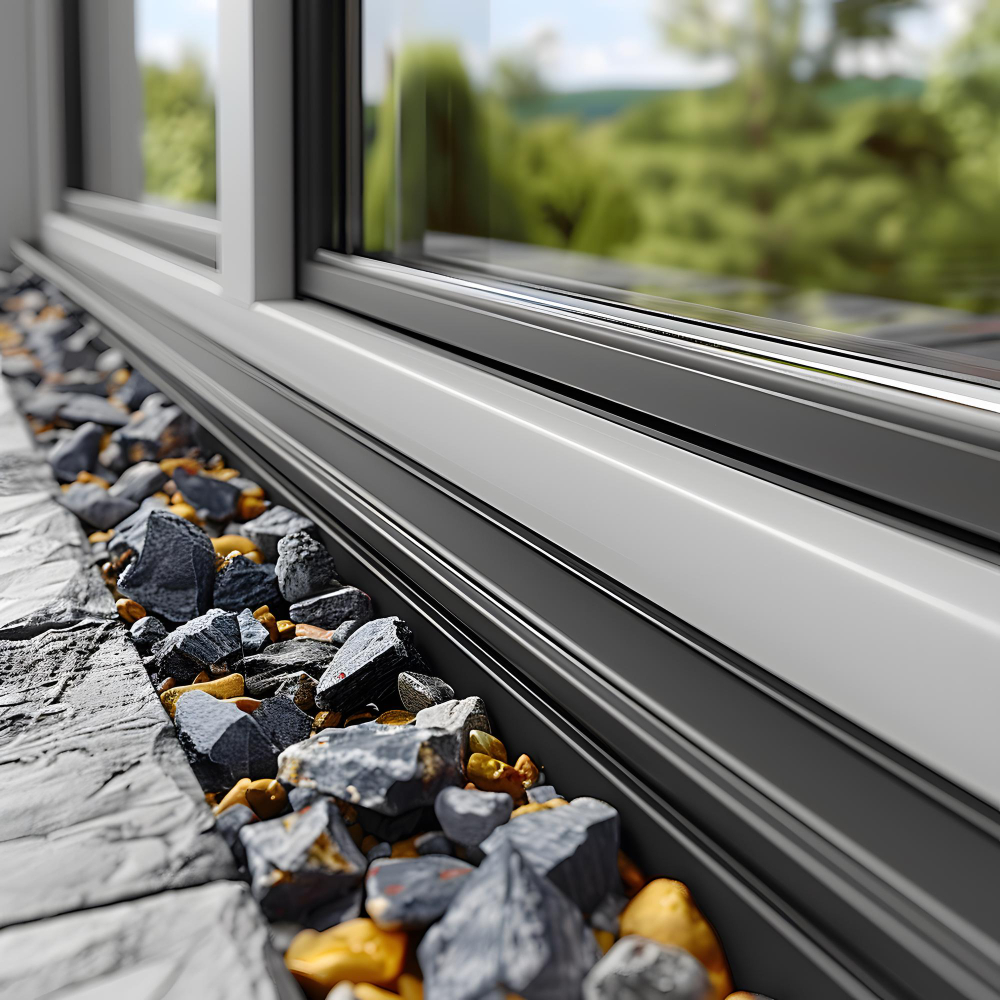
Surface Finishes
Aluminum hinges are often anodized, powder-coated, or plated to enhance their corrosion resistance and appearance.
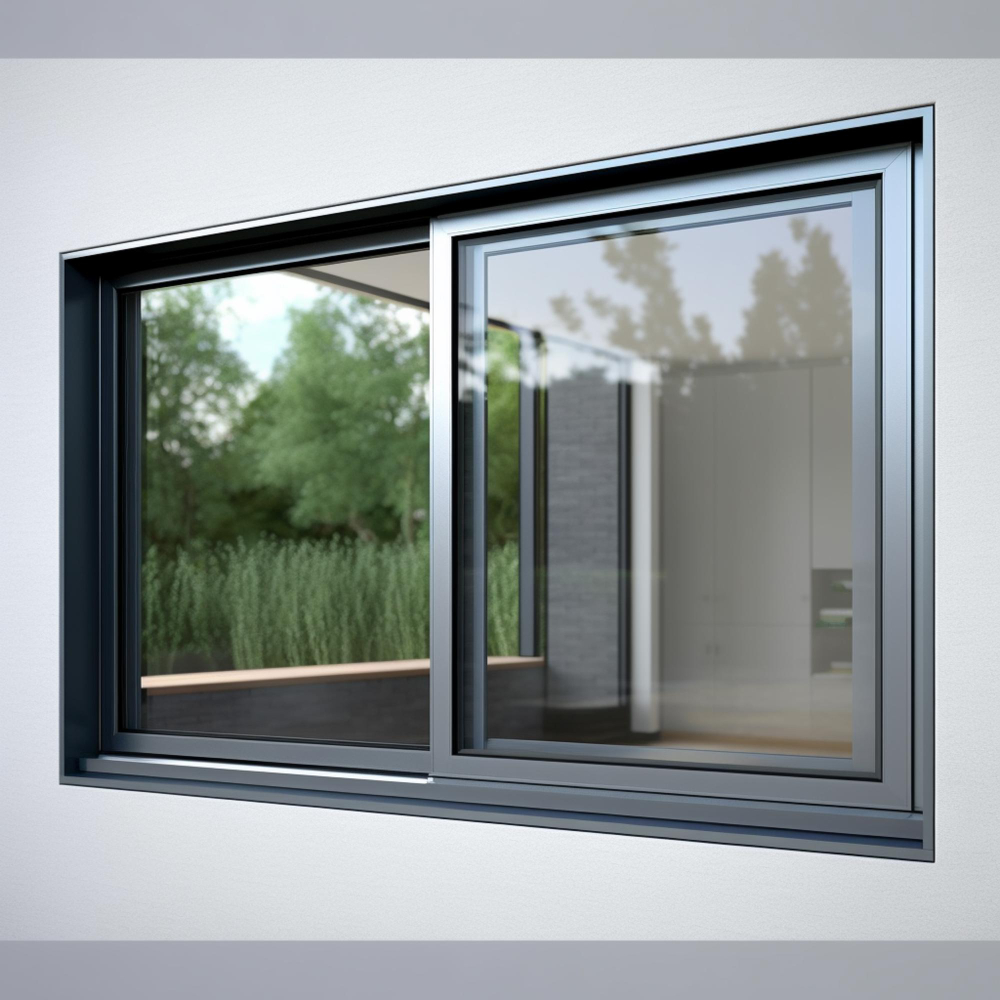
Cost
Aluminum is more affordable than some materials, such as brass or stainless steel, making it a popular choice for many applications
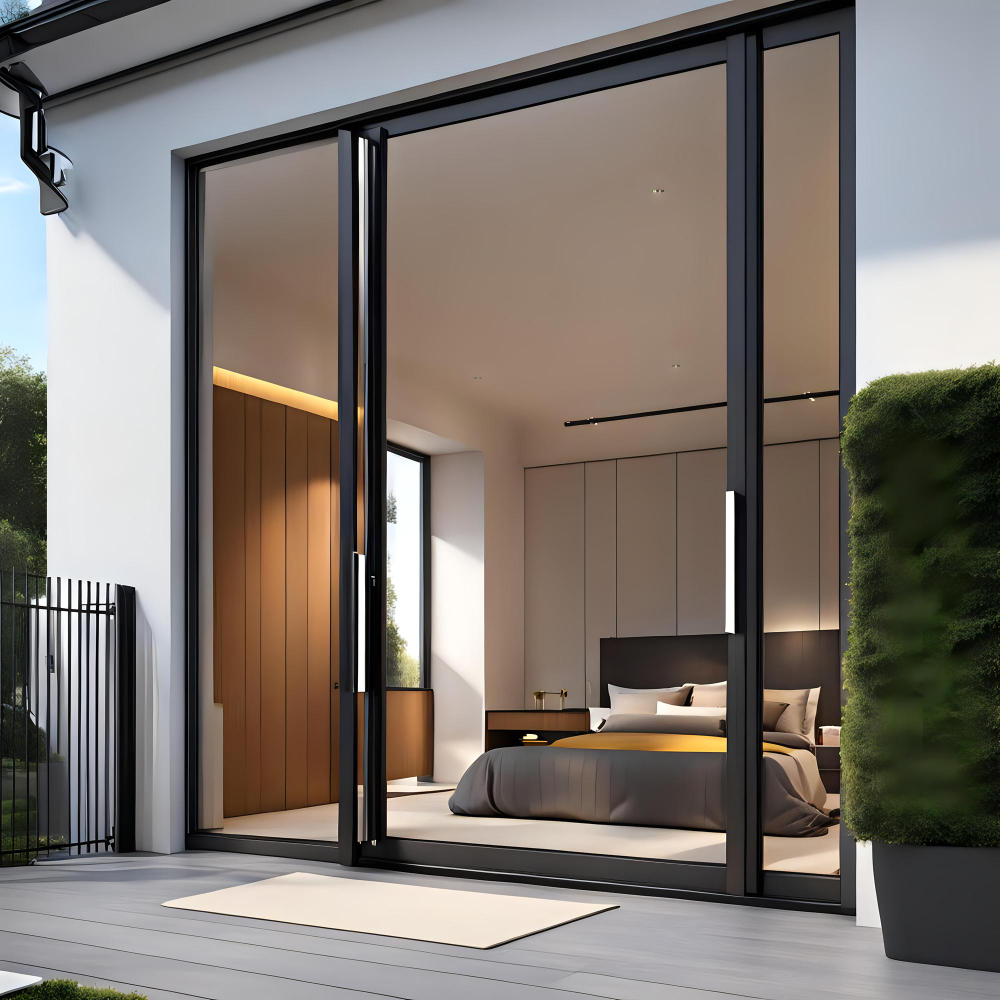
Load Capacity
Different aluminum alloys and hinge designs are chosen based on the required load capacity.
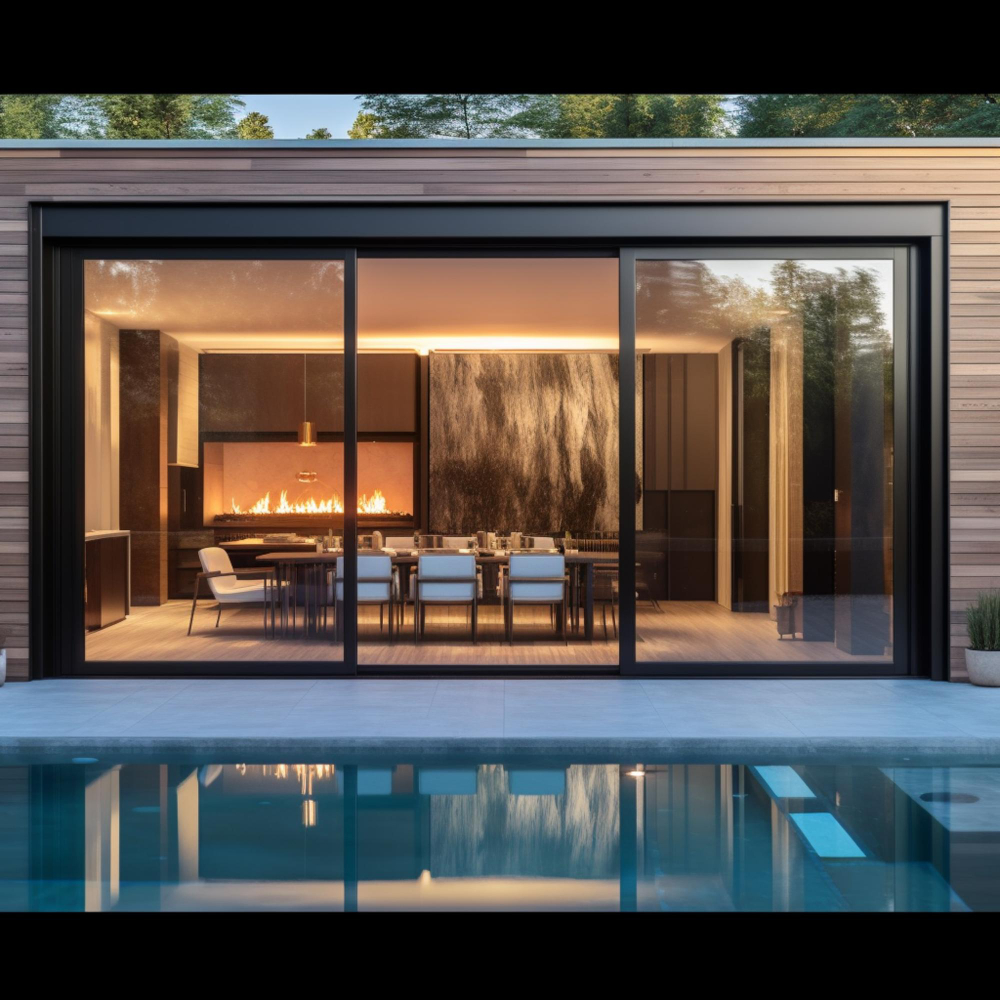
Description
Traditional hinges used for doors, windows, and cabinets. Both leaves of the hinge are generally made of aluminum, and they are mounted on the door frame and the door itself.
Use
Common in residential and commercial buildings for doors and gates.
Types
Full Mortise, Half Mortise & Surface Mount
Description
These are long hinges that run the entire length of the door or lid. They provide more support than traditional hinges.
Applications
Often used in applications where the door or lid is heavy or subject to frequent use.
Types
Available in different sizes and strengths, with options for surface-mounted or recessed installation.
Description
These hinges are designed to be hidden when the door is closed, providing a clean and streamlined appearance.
Application
Commonly used in cabinets, furniture, and interior doors.
Types
European Hinges: A type of concealed hinge that allows doors to open at a wide angle (typically up to 180 degrees).
Invisible Hinges: Hinges that are completely concealed when the door is closed.
Description
Pivot hinges allow the door to rotate around a central axis, typically used for heavier doors or unique design requirements.
Use
Used in doors where a traditional hinge might not be practical, such as in high-end or modern applications.
Types
Floor-mounted, top-mounted, and center pivot hinges.
Description
These hinges are designed to support heavier doors or gates. They are often reinforced and made from stronger aluminum alloys.
Use
Ideal for industrial applications, large gates, and heavy doors.
Types
Extra-thick, reinforced versions of butt hinges, continuous hinges, and pivot hinges.
With our professional designers and engineers we can help you to choose what the best suits your property


